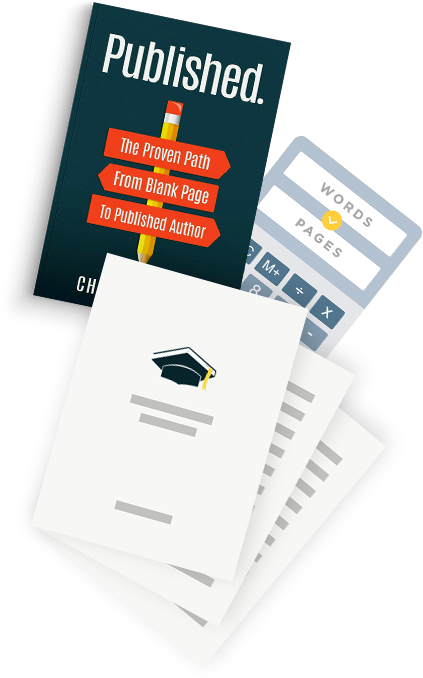Readers will show up to your metaphorical yard for a good story…but they will come back for a good protagonist…
And we’ll teach you how to write a main character your readers will love, root for, and even cry for.
You have the story you want to tell. You know exactly how to write a novel…however, you’re not sure how to make your protagonist stand out—how to make readers love them.
And that’s the key, after all…
When your book is years old and readers have long since read it, it’s the main character they’ll remember, the joy and fear and happiness they experienced on behalf of that protagonist that will make them remember your book—and you!
This guide to understanding protagonists covers:
- What is a protagonist?
- Protagonist vs. antagonist
- Examples of protagonists
- How to make a likable main character
- How to make a funny protagonist
- Why a protagonist should be powerful
- Why protagonists need to go through trouble
- The qualities your protagonist needs
- Why you should avoid passive protagonists
What is a protagonist?
The protagonist of a story is the leading or main character in a book, movie, short story, play, or other works of fiction. They are the person the story centers around and the character readers will root for to succeed.
Essentially, the protagonist of a book is the one whose goals and ambitions are a part of the main plot, often thwarted by the antagonist, who wants to see them fail for their own personal motives to succeed.
Your main character possesses characteristics that are redeemable and lovable—they’re who your readers will grow most attached to and want to see win and succeed in their ventures throughout the plot of your novel.
No matter what book genre you’re writing in (aside from nonfiction), you will need to be able to craft a stellar main character.
What’s the difference between a protagonist and a main character?
Protagonists and the main character can be the same, however, not every main character is a protagonist.
For example, when writing split perspective novels, the protagonist might just be a single character, but the other points of view are also main characters.
A main character is any character that plays a pivotal part in the plot and journey of the protagonist.
Here are a few examples of protagonists versus main characters:
Protagonist (and the main character):
- Jon Snow
- Harry Potter
- Katniss Everdeen
- Tobias Kaya
Main character (but NOT the protagonist):
- Cersei Lannister
- Ron Weasley
- Peeta Mellark
- The Savior
What counts as a main character in a story?
The main character in a story is someone who plays an active role in the progression of the plot and story. This includes both the protagonist, antagonist, and other active characters.
For example, your protagonist’s best friend can be a main character (like Ron Weasley), but so can the antagonist (like Voldemort).
You can have several different main characters but usually only one protagonist in your novel.
The difference between main characters and side characters is that a side character typically serves a different purpose in your novel. They might not be directly impacting the plot, but may serve as comic relief, a foil character type to your main character, or even play a specific role to tie different characters together.
An example of a side character is Nick Fury in The Marvel Comics. Most often, the superheroes are the main characters (and protagonists), but Fury is often a side character with the purpose of connecting plot points, but not necessarily moving them forward on his own.
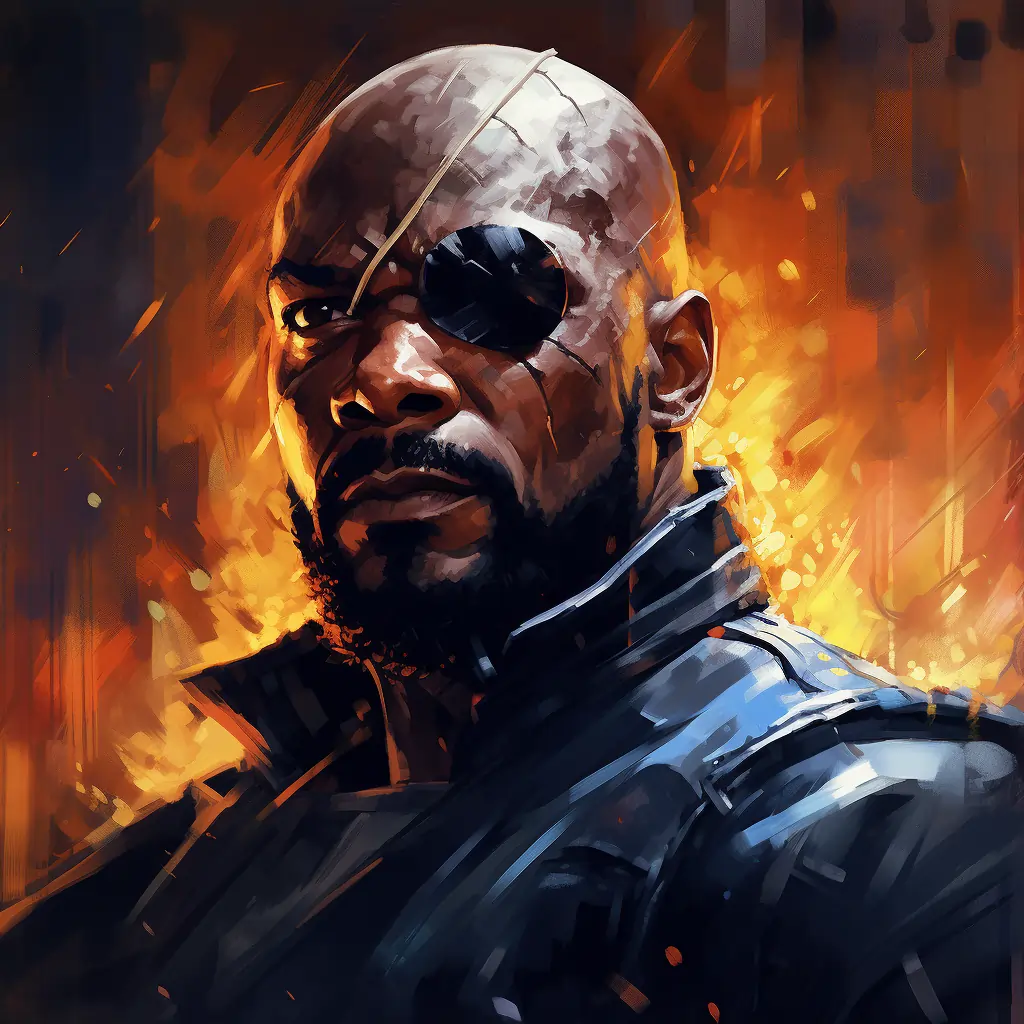
Protagonist vs. Antagonist
The protagonist is the character who is trying to accomplish a specific goal while the antagonist is any character or organization opposing them.
The antagonist is often found to be synonymous with “villain,” but this isn’t always the case.
The antagonist of a story is anything or anyone opposing your protagonist. Their goal is to stop them for whatever reason, usually because their own motivations and goals contradict theirs.
Take Cersei Lannister, for example. The popular franchise Game of Thrones unveiled a very specific type of antagonist in Cersei because if you read or watch from her own perspective, she is the protagonist of her own story.
This is one of the golden rules of writing antagonists and any sort of “villainous” character.
George R.R. Martin pulled this off beautifully by making Cersei Lannister the antagonist to other main characters like Jon Snow, the Starks, and Daenerys Targaryen, but because (in the books) we’re offered her point of view, she’s actually the protagonist of her own life journey.
Nevertheless, she is still considered the antagonist—as are the White Walkers.
Protagonist and Antagonist Pairs: 7 Exemplary Showdowns in Fiction

Alright, folks, let’s dive into the realm of make-believe, where heroes and villains dance their eternal tango. We’re about to break down seven of the most iconic protagonist-antagonist pairs in fiction.
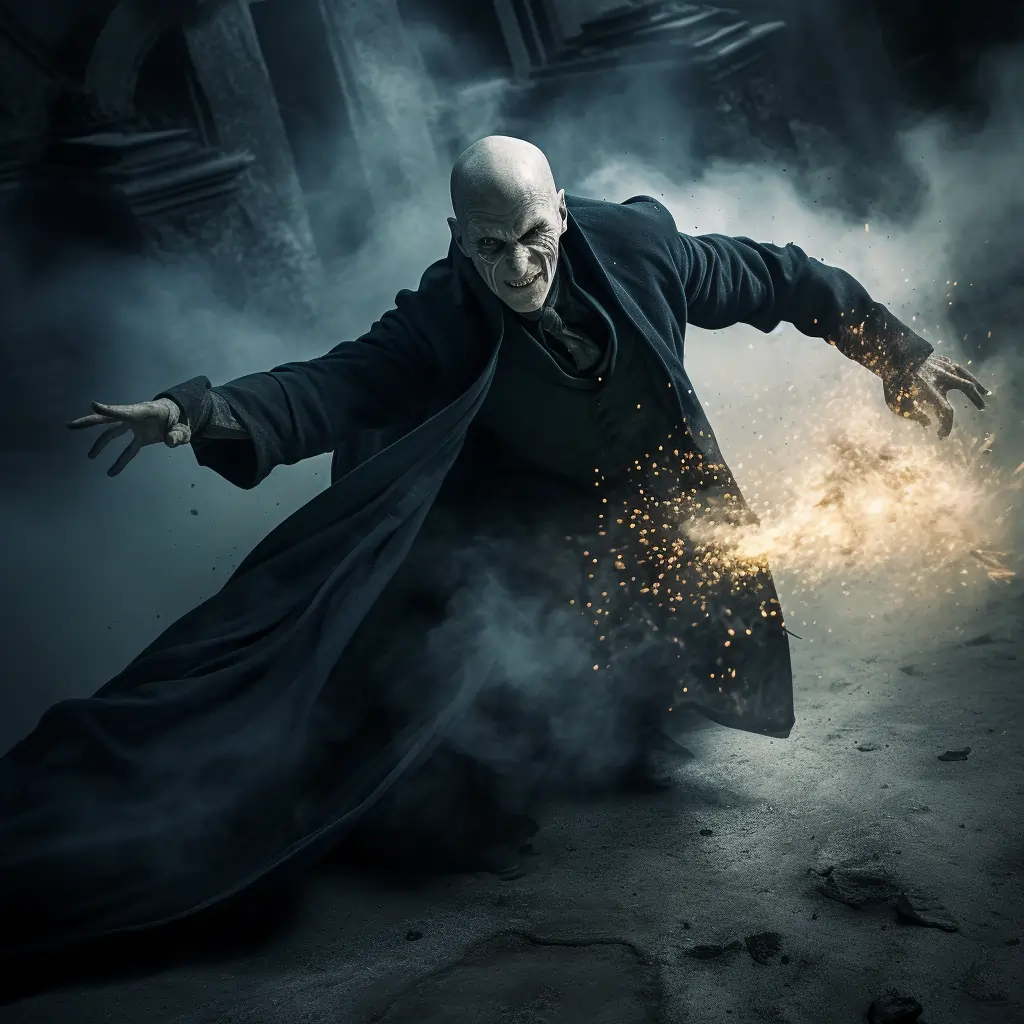
- Harry Potter and Lord Voldemort (J.K. Rowling’s Harry Potter series): Now, who doesn’t love a good boy wizard versus an evil, nose-less wizard showdown? These two are the epitome of the classic good versus evil trope. Harry’s unwavering courage and Voldemort’s terrifying power make their battles downright legendary.
- Frodo Baggins and Sauron (J.R.R. Tolkien’s The Lord of the Rings): This is the story of an underdog hobbit taking on an all-seeing, all-powerful tyrant. Sauron wants his ring back, and Frodo? Well, he just wants to save Middle-earth. The power imbalance here is staggering, but our little hobbit’s determination? Now that’s some real kickass stuff.
- Katniss Everdeen and President Snow (Suzanne Collins’ The Hunger Games): Talk about a power struggle! Katniss, the girl on fire, versus Snow, the icy, ruthless dictator. Their conflict is a heart-stopping battle of wits and wills. And who could forget those poisonous berries, huh?
- Sherlock Holmes and Professor Moriarty (Arthur Conan Doyle’s Sherlock Holmes stories): Ah, the classic battle of the brains! Sherlock, with his uncanny ability to deduce the undeducable, and Moriarty, the ‘Napoleon of Crime’. Their intellectual face-offs are the stuff of literary legend.
- Luke Skywalker and Darth Vader (George Lucas’ Star Wars): The Force is strong with these two. Luke, the farm boy turned Jedi, and Vader, the Sith Lord with a secret soft spot for family. Their epic lightsaber duels? Goosebumps, every single time.
- Winston Smith and Big Brother (George Orwell’s 1984): Now this is a match-up of a different kind. Winston, the rebellious everyman, and Big Brother, the omnipresent authoritarian regime. This isn’t about physical showdowns; it’s a battle for freedom of thought. Chilling, right?
- Elizabeth Bennet and Mr. Darcy (Jane Austen’s Pride and Prejudice): Who says protagonists and antagonists can’t fall in love? Elizabeth and Darcy’s initial antagonism evolves into one of the most celebrated love stories in literature. Love is a battlefield, after all!
Protagonist examples
The reason why so many popular books are a series of books (other than the author wanting to make a living writing several books). We all want to see the next adventure of a character we love.
At some point, if you like the character enough, you stop caring what they are even getting up to (almost) and you just want to know more about them and their life.
Think of any engaging character you’ve encountered in the past decade. These characters could have stopped after one go, but they keep coming back with new and interesting things to do. Sometimes they engage in stand-alone stories, other times their continuing adventures are part of the overall story structure that shows off their growth over a series.
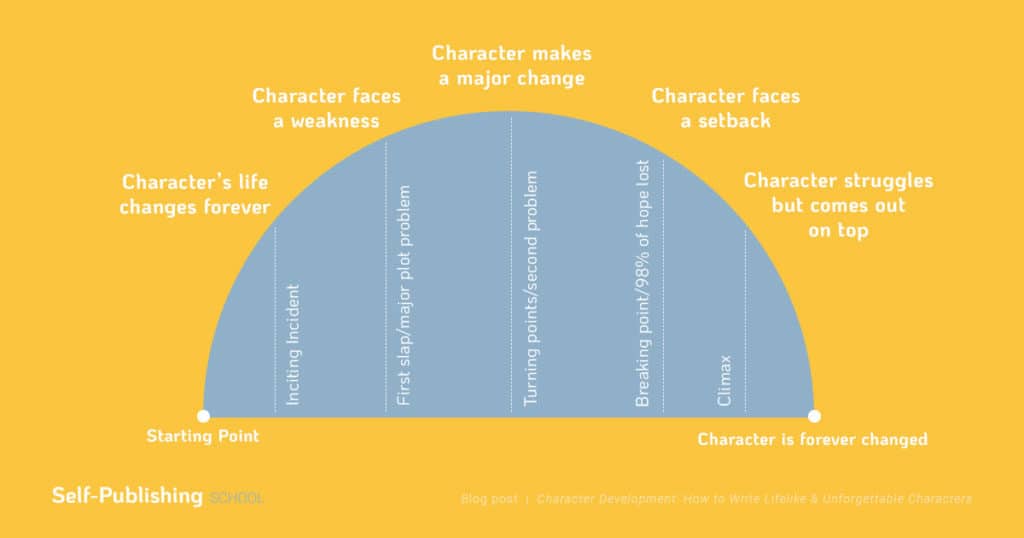
Here are some examples of great protagonists:
- Harry Potter
- Spiderman
- Jack Reacher
- Tony Stark
- Thor
- Katniss Everdeen from Hunger Games
- Tobias Kaya of The Savior’s Champion
How to write an effective protagonist, step by step
Not every character is worth coming back for. The staying power of a character comes from more than simply surviving the plot (though that usually helps).
You need to do intense character development and give them some special quality and/or make them likable. In other words, make them kickass.
While that is easier said than done, it isn’t too hard to do. Here are six ways to put some kick in your character.
Step 1 – Make your protagonist likable
People like to spend time with likable characters. Much like in real life, the off-putting people tend to get skipped over and left to the side.
Think of any Tom Hanks character in any of his romantic comedies. He always plays a likeable guy, a guy you’d happily have over for dinner, spend the day with, hang with.
His charisma and charm extend from there, making his characters in dramas more approachable.
In the same way, if your make a character likable and personable, the reader will stick by them in the tough spots. They will care about the events that happen because they like the character.
Consider the way a slasher flick sets up the characters. You know from the introduction who is going to survive the night and who isn’t. The heroes (usually a couple) stand for the same values as the audience. They are kind, good, and moral. They look out for their fellow characters in times of danger.
A likable character sticks up for the little guy and adds a human quality to their supporting cast, even when that cast isn’t remotely human.
When a character feels like a guide, it makes the reader feel safe. Especially in horror or thriller stories, you want the reader to be more excited to turn the page and see the next scene than they are hesitant.
Examples of these likable main characters include:
- Harry Potter
- Leonard in the Big Bang Theory
- Jon Snow in Game of Thrones
- Captain Kirk
- Tobias Kaya in The Savior’s Champion
Step 2 – Make your main character funny
Not quite the same as likable and not quite the opposite either. Funny characters can get away with more than unfunny ones, but they can get annoying if pushed.
Like any good joke, timing and delivery matter.
Biting wit and a jocular look at the dangers all around make for some memorable character moments. Make writing dialogue for this type of character worth some outbursts of laughter and you’ll have your reader turning the pages with gleeful delight.
Funny isn’t just jokes consisting of set up and punchline. You definitely don’t want to rely on a string of catchphrase utterance, no matter how much a Groot might work on occasion.
The essence of wit is brevity. Quips work when they are insightful but also come from a real place.
Be extra careful in establishing the background of a metacharacter. Deadpool’s humor doesn’t fly in all stories at all times.
Funny can also mean awkward or accidentally funny.
Think Ron in Harry Potter. He doesn’t mean to be funny… he’s awkward, but in a lovable, hilarious way and we love him for it.
The falls into trouble and falls back out of it style of character goes way back to Greek comedies. The setup for a comedy of errors relies on a likable fellow getting in over their heads and trying not to make a mess as they work it out.
Examples of funny characters:
- Starlord and Rocket Raccoon in Guardians of the Galaxy
- Sherlock Holmes in the latest reboots
- Tyrian Lannister in Game of Thrones
- Simon Pegg’s Scotty
Step 3 – Make your protagonist powerful
A character that lacks the ability to affect the world around them becomes tiresome. We want heroes challenged, sure, but we also want to know they can succeed. That when faced with the dangers of the plot and the villains they have a shot that, when it comes down to it, they can kick some ass.
Tony Stark isn’t just a billionaire. He’s a billionaire genius. Take away his armor and he’s still a beloved figure with money, brains, fame and the awareness to point it all that out, if pressed on the subject.
The reason we love underdog characters is because they are secretly the most powerful. They have the power to rise up and supersede the challenges, they just aren’t there yet. The likable, funny exterior makes you root for a character, but you want them to win in the end because they are better than the competition.
If your character is a lawyer, they’re the best lawyer in town. If they are entering an academy to become a pilot, they are on the path to be the best pilot.
A powerful character (ie- the best at something) garners respect from the reader.
Remember to keep the character likable, a powerful character that uses their power to do harm becomes a villain. Redemption in character arcs aside, you want to avoid both a snotty character and a character that can’t be challenged.
Powerful doesn’t mean perfect.
One of the bonuses of being great at something is that people are quick to forgive them some of flaws. Tony Stark is arrogant. We forgive him that because there is a good reason why he’s arrogant.
Genius characters can get away with being antisocial, wholesome characters can be naïve, and effective characters can be forgiven some moral grey areas.
Unless you are writing noir, you want to keep the positives outshining the negatives. That balance can flip a bit for antiheroes (ie Deadpool, John Wick) but often takes a darker world to be effective.
Step 4 – Give your protagonist trouble and conflict
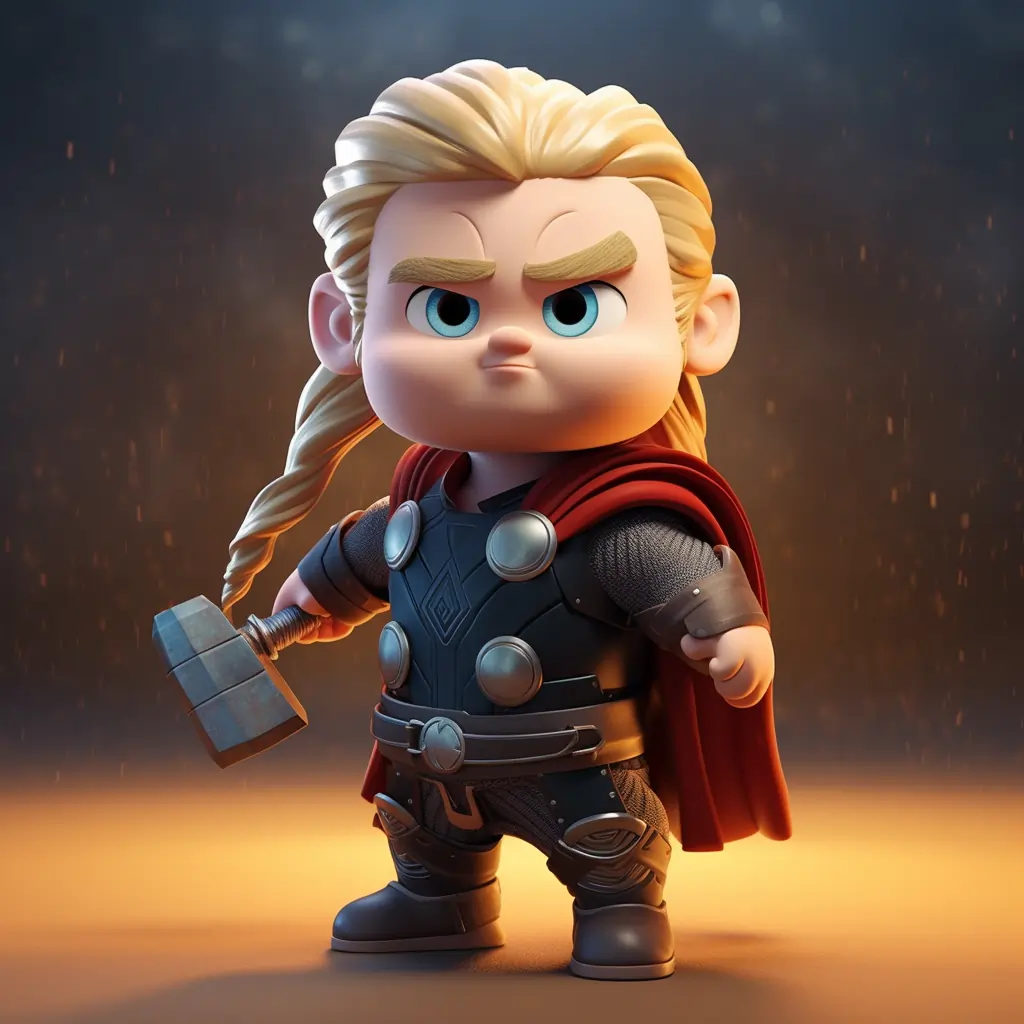
Conflict makes character. Conflict that stems from the characters internal conflicts leads to a different emotional response than conflict that stems from inevitable outside forces.
Case in point, we immediately feel sorry for Jack and Rose because we know the Titanic is going down and there isn’t anything that either character could do to avoid that fate.
We feel a lot less for Superman and Batman in their Doomsday fight when they need a device they casually tossed aside an hour ago.
The more a conflict resonates with the reader, the more they can identify with the character.
While saving the world from the terrible forces of an overwhelming alien order is fun, it isn’t relatable. It isn’t the kind of thing you are likely to face in a day.
You personalize it by bringing it down to the granular. You make it about a particular personal loss, not all the losses.
Examples of great conflict with protagonists:
- We empathize with Harry Potter because he’s an orphan, not because he’s a wizard in the wrong world.
- We understand what it’s like not to be believed, not so much dying and being resurrected by magic like Jon Snow.
- We want to make a difference like Hawkeye, knowing that what we do matters even if we aren’t Thor level powerful.
Be warned: there is a difference between the reader empathizing with a character and pitying them.
- Jack and Rose are good people enjoying life. They make the most of their last days.
- Harry Potter is a school kid trying his best. He (almost) never wallows in self-pity over his trials and problems.
- Thor loses his hammer and his eye. He makes jokes about his problems while trying to solve them instead of giving up.
Step 5 – Give them diverse characteristics
Character’s shouldn’t be one dimensional cardboard cut-outs. You want to make them rich and full.
To this end, you don’t need to stick to one technique.
As the preceding examples overlapped quite a bit, you see that mixing and matching works better than solo applications.
Mix and match your protagonist’s characteristics like these examples:
- Tony Stark is powerful, likable, and funny
- Harry Potter is likable, in a situation that’s relatable but outside his control
- Kirk is likable, often in danger outside himself, and has the skill to outpace his faults
You don’t want to overdo it. A character that has too many traits can become cluttered and confusing. Sometimes this is a result of the Superman problem, you can’t directly challenge a character designed to be too good.
Flaws make for an anchor for a reader to project themselves into a character.
Also, nobody likes a story where the plot dictates the effectiveness of the character from page to page.
You also don’t want to alienate an audience by creating a dreaded Mary Sue (which is a “perfect” character who can never do wrong)…
Leave room for flaws in your protagonist like these examples:
- Tony Stark is arrogant and a drunk
- Harry Potter lacks self-confidence and doesn’t get the girl
- Deadpool has cancer, is a jerk, and can’t seem to die
- The Cast of Game of Thrones is all too mortal, and largely unprotected by plot armor
Step 6 – Avoid making a passive character
A common mistake of first-time writers is to make characters reactive, otherwise known as passive.
And you know just how much passive voice is a no-no in writing, passive characters are also frowned upon.
While they might need to roll with the punches when they first splash into the deep end, you want them to drive the action soon after.
A great character is proactive. They take charge, make a plan, and attack a problem with their skills and supporting cast.
Often, you can use the above techniques to define their approach to proactivity.
Here are some questions to ask in order to learn how to avoid a passive character:
- Do they face their problems with a joke?
- Do they enlist the help of their cast of friends?
- Do they solve it with their power?
- Do they solve the problem by acknowledging that any effort matters because where they find themselves is not their fault?
Keep in mind what fuels your character and they will always have a way to move forward. Not only that, the reader will be rooting for your charter as well.
Great characters come from relatability and impact a reader by appealing to what we like to think about ourselves. A likable character engages a reader and can be a vector into a strange world.
Likable characters humanize conflict and give readers a reason to care.
Funny characters use their quips and whit to attack problems and keep the darkness at bay. We like to leave our fiction with a good feeling and jokes are how we cope with the worst of our issues.
Powerful characters embody proactive approaches. A reader likes to see a character succeed and likes to know what a character is capable of so they can be in on the action, not blindsided by troubles and des ex machina.
A reader likes to see real conflict. That is conflict that matters to a character and challenges the character. They don’t like to see pity and interpersonal wallowing.
Think of your character like a friend. Do your best to advocate for them but remember that they aren’t you. Keep writing and let your characters speak for themselves.
Protagonist checklist for writers
So you’ve gone ahead and crafted a protagonist worthy of your story. Congratulations!
Here’s a checklist to make sure you didn’t overlook anything important.
- Is your protagonist likable?: Remember, your readers will be spending a lot of time with your protagonist. Make sure they’re someone that the reader would want to hang out with. Maybe they’re charming, maybe they’re kindhearted, or maybe they’re hilariously funny.
- Do they have a sense of humor?: Humor can make even the darkest story bearable. Whether it’s dry wit, self-deprecating jokes, or a knack for funny observations, a sense of humor can make your protagonist more relatable.
- Are they powerful in some way?: They don’t need to be a billionaire genius like Tony Stark, but they should have some sort of power. Maybe it’s their determination, their intelligence, or a special talent. Give them something that helps them kick some serious butt.
- Are they flawed?: Nobody’s perfect, and that includes your protagonist. Give them a few flaws to make them more human. Perhaps they’re a bit too stubborn, or maybe they can’t resist a good piece of chocolate cake.
- Do they have clear goals?: What does your protagonist want? Whether it’s to save the world or find the best slice of pizza in town, their goals will drive the story forward.
- Do they face obstacles?: A story without conflict is like a cake without sugar. It’s just not as good. Make sure your protagonist has to overcome obstacles to reach their goals.
- Do they evolve over time?: People change, and so should your protagonist. Whether it’s a small change in their outlook or a complete character transformation, make sure they’re not the same person at the end of the story as they were at the beginning.
- Do they have meaningful relationships?: Friends, enemies, lovers, or mentors—relationships can reveal a lot about a character. Make sure your protagonist isn’t a lone wolf (unless, of course, being a lone wolf is part of their charm).
- Are they relatable?: Your protagonist might be a wizard, a space cowboy, or a vampire, but they should still be relatable. Maybe they’re scared of spiders, or perhaps they can’t start their day without a cup of coffee. Small details can make even the most fantastical character feel real.
- Do they make choices?: Your protagonist shouldn’t be a passive observer. Make sure they’re actively making decisions that affect the plot. Even if they make the wrong choice, it’s better than making no choice at all.
- Do they have a past?: Nobody popped into existence out of nowhere. Your protagonist should have a past that influences who they are and how they view the world. Maybe they were bullied as a kid, or maybe they used to be a circus performer. Whatever it is, make sure it’s interesting.



